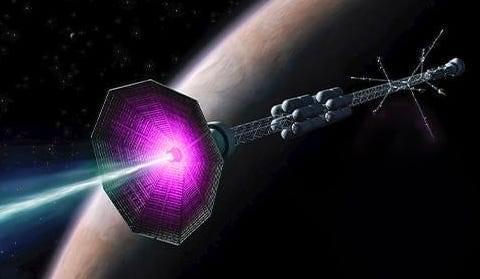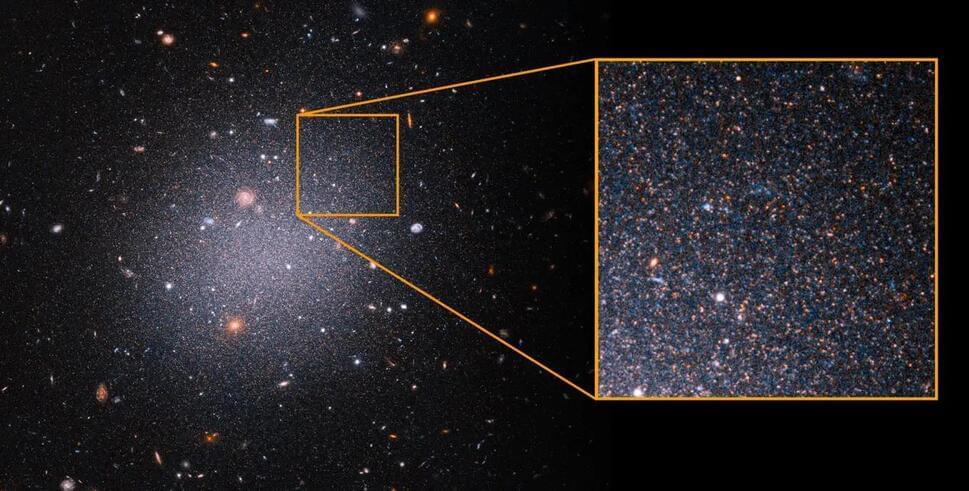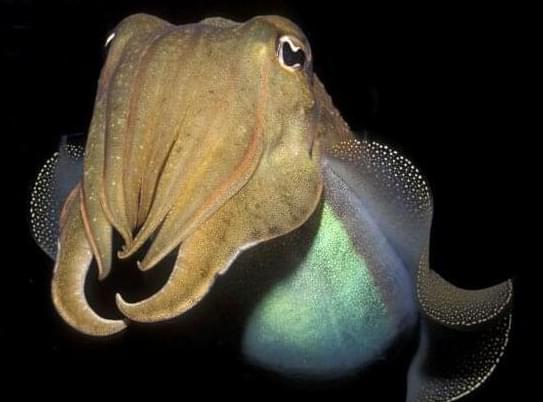Year 2021 face_with_colon_three
Plasma + magnets = magic.



A Stanford geophysicist and lawyer team up to use big data for water quality monitoring and governance.
At CES 2025, Elon Musk joined Mark Penn the Stagwell CEO, and 25 CMOs to discuss AI, robotics, Neuralink, space exploration, and Mars colonization. Musk shared bold predictions on AI’s role in cognitive tasks, humanoid robots, autonomous cars, and X’s future as a platform for collective human consciousness. They also explored government’s role in tech, internet connectivity, and combating global pessimism.
00:00 Introduction and Welcome.
01:52 Elon Musk on AI and Future Technology.
05:12 Advancements in Self-Driving Cars.
07:23 Humanoid Robots and Their Impact.
09:26 Mars Colonization Plans.
11:24 Neuralink and Brain-Computer Interfaces.
14:03 Government Efficiency and Budget Cuts.
17:49 Freedom of Speech and Social Media.
23:50 Optimism for the Future.
Buying a Tesla? Use my referral link and get up to $2,000 off.
https://ts.la/herbert23392
My daughter: https://ts.la/amanda443323
My website: https://www.HerbertOng.com.
Check out 15+ modules of resources for the $TSLA Investor.
and get free TESLA Milestone Tables.
Join this channel or Patreon to get free access to 15+ modules of TSLA investor resources.
Become a Member: / @brighterwithherbert.

An informative review on the benefits and drawbacks and biological effects of various kinds of in vitro cell culture media.
The biomolecular relevance of medium supplements is a key challenge affecting cell culture practice. The biomolecular composition of commonly used supplements differs from that of a physiological environment, affecting the validity of conclusions drawn from in vitro studies. This article discusses the advantages and disadvantages of common supplements, including context-dependent considerations for supplement selection to improve biomolecular relevance, especially in nanomedicine and extracellular vesicle research.

Back in 2021, a test of cephalopod smarts reinforced how important it is for us humans to not underestimate animal intelligence.
Cuttlefish were given a new version of the marshmallow test, and the results may demonstrate that there’s more going on in their strange little brains than we knew.
Their ability to learn and adapt, the researchers said, could have evolved to give cuttlefish an edge in the cutthroat eat-or-be-eaten marine world they live in.
In the expansive realm of science fiction, spacecraft come in a stunning array of shapes, sizes, and technological capabilities. While much has been said about the iconic vessels in the Star Trek universe, this video takes a refreshing turn to explore a broader landscape of sci-fi. We will delve into the fascinating world of the ten largest spherical structures that have captivated audiences in movies and TV series. From massive space stations to monumental alien constructs, each of these remarkable creations offers unique insights into the imaginative possibilities of the genre.
Think of a future where terminal illnesses can be temporarily halted, allowing time for the development of potential cures.
TimeShift, the world’s first cryopreservation facility, seeks to make the impossible – extending human lifespan – a reality.
The conceptualized facility would provide a means of freezing or preserving patients’ bodies with terminal illnesses. This way, it could mitigate the progression of neurodegenerative diseases and aggressive cancers. And possibly enable experts to develop a cure.
